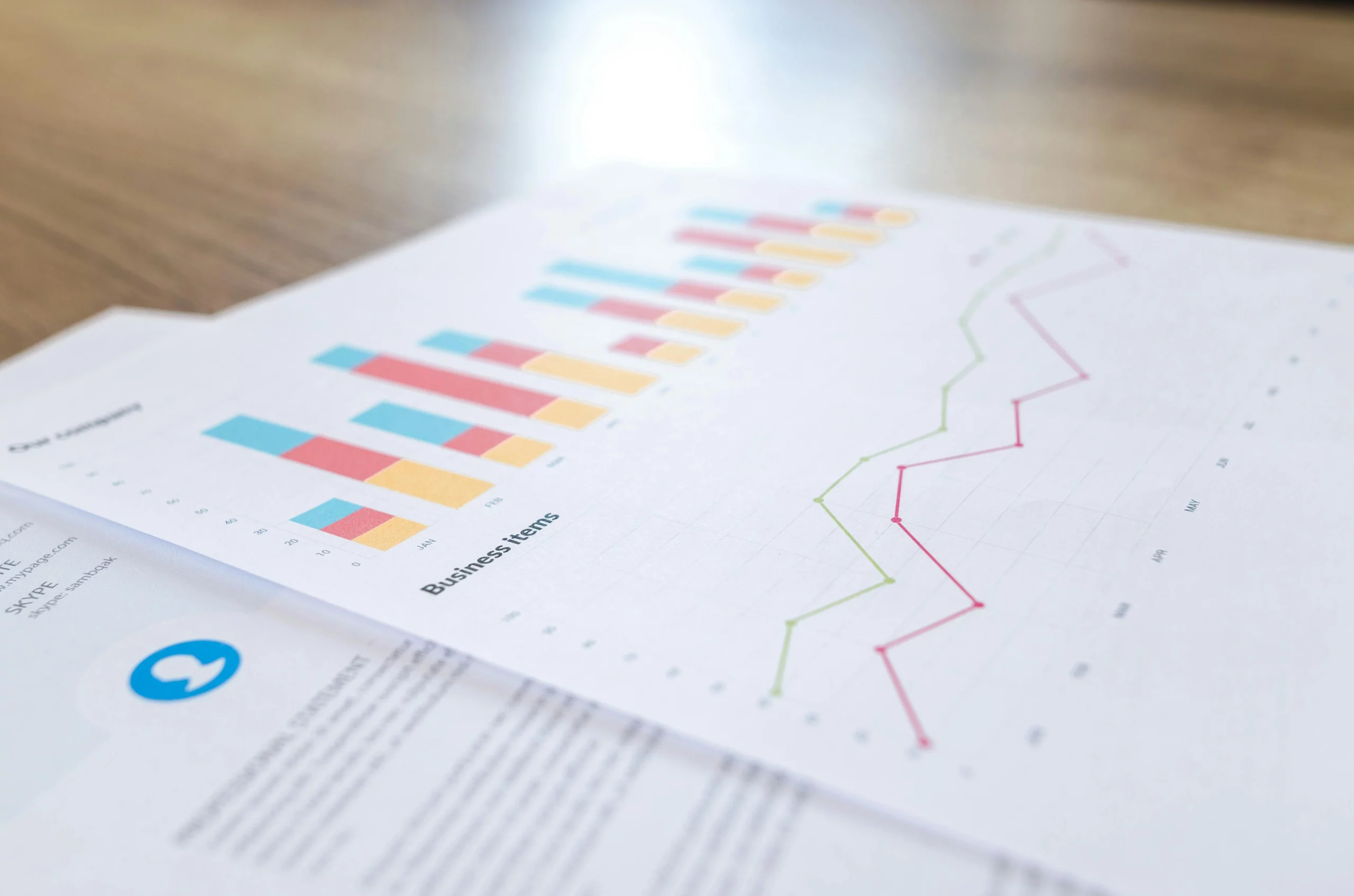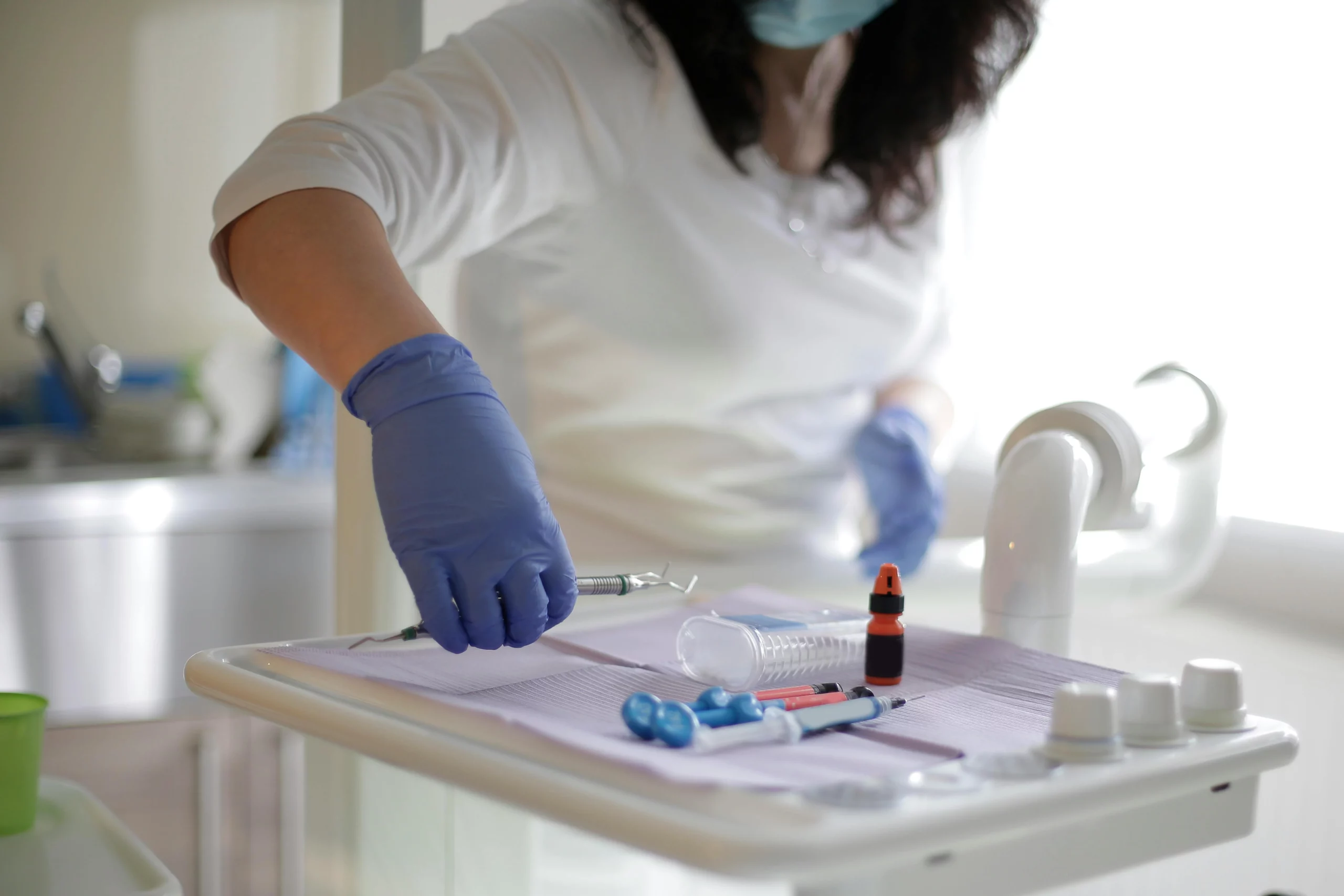What is a Biostatistician?
A Biostatistician is a statistical expert specializing in the design, analysis, and interpretation of data in biological, medical, and health-related research. Biostatisticians develop and apply statistical methods to address research questions, evaluate hypotheses, and draw conclusions from data collected in observational studies, clinical trials, epidemiological investigations, and other research studies. Their work informs decision-making processes, guides policy development, and contributes to advancements in healthcare and public health practice.
Biostatistician Job Description
Are you passionate about applying statistical methods to solve complex problems in biology, medicine, and public health? If so, we’re seeking dedicated individuals to join our team as Biostatisticians. As essential members of our research community, successful candidates will play a pivotal role in designing studies, analyzing data, and drawing meaningful insights to advance scientific knowledge and improve human health outcomes.
As a Biostatistician, you will have the opportunity to collaborate with interdisciplinary teams of scientists, healthcare professionals, and policymakers to tackle critical health issues, inform evidence-based practices, and drive innovation in healthcare delivery and disease prevention.
The ideal candidate will possess a strong foundation in statistics, proficiency in statistical software, and a passion for applying quantitative methods to address real-world challenges in biology and medicine.
What Does a Biostatistician Do?
Study Design and Planning:
- Collaborate with researchers, clinicians, and study sponsors to design research studies, clinical trials, and epidemiological investigations, including sample size calculation, randomization, and protocol development, to ensure study objectives are met and data quality is maintained.
- Develop statistical analysis plans (SAPs), including data management, analysis methods, and statistical techniques, to address research questions, test hypotheses, and generate robust and reliable results.
Data Analysis and Interpretation:
- Analyze research data using appropriate statistical methods, including descriptive statistics, inferential statistics, regression analysis, survival analysis, and longitudinal data analysis, to explore relationships, detect patterns, and draw conclusions.
- Interpret study findings, summarize results, and present findings in scientific publications, conference presentations, and research reports to communicate research outcomes and contribute to scientific knowledge and discourse.
Statistical Programming and Software:
- Utilize statistical software packages, such as R, SAS, SPSS, or STATA, to conduct data analysis, perform statistical tests, and generate graphical representations of data to facilitate data exploration, visualization, and interpretation.
- Develop and maintain data analysis scripts, macros, and programs to automate data processing, ensure reproducibility, and streamline analysis workflows in compliance with best practices and industry standards.
Collaboration and Communication:
- Collaborate with multidisciplinary teams of scientists, researchers, clinicians, and stakeholders to integrate statistical methods into research projects, provide statistical consultation, and support data-driven decision-making processes.
- Communicate statistical concepts, methodologies, and results to non-statistical audiences, including researchers, clinicians, policymakers, and the public, in clear, concise, and accessible language to facilitate understanding and application.
Quality Assurance and Regulatory Compliance:
- Ensure data integrity, accuracy, and quality control throughout the research process, including data collection, entry, cleaning, and analysis, to maintain data reliability and validity and comply with regulatory requirements and ethical standards.
- Participate in data monitoring committees (DMCs), safety monitoring boards (SMBs), and regulatory submissions, such as Investigational New Drug (IND) applications and New Drug Applications (NDAs), to ensure research compliance and patient safety.
How Much Do Biostatisticians Make?
The average Biostatistician salary in the United States is $77,077 as of February 26, 2024, but the range typically falls between $68,800 and $89,857.
Skill Requirements
- Statistical Methods and Techniques: Biostatisticians must possess a strong understanding of statistical methods, including hypothesis testing, regression analysis, survival analysis, and longitudinal data analysis, to analyze complex research data and draw meaningful conclusions.
- Statistical Software Proficiency: Biostatisticians should have proficiency in statistical software packages, such as R, SAS, SPSS, or STATA, to conduct data analysis, perform statistical tests, and generate graphical representations of data efficiently and accurately.
- Research Design and Methodology: Biostatisticians must have knowledge of research design principles, study methodologies, and clinical trial regulations to contribute to study design, protocol development, and data analysis planning effectively.
- Communication and Collaboration: Biostatisticians should have strong communication skills and the ability to collaborate effectively with interdisciplinary teams of scientists, researchers, clinicians, and stakeholders to integrate statistical methods into research projects and communicate findings.
- Critical Thinking and Problem-Solving: Biostatisticians must demonstrate critical thinking skills and the ability to formulate research questions, design analysis plans, and troubleshoot data analysis problems to address research challenges and advance scientific knowledge.
Example KPIs for a Biostatistician
- Research Impact and Publication Productivity: This KPI measures the impact and productivity of a biostatistician’s research output, including publications, citations, and collaborations, to assess research influence and contribution to the scientific community.
- Data Analysis Accuracy and Validity: This KPI evaluates the accuracy, validity, and reliability of a biostatistician’s data analysis methods, statistical models, and research findings to ensure data integrity and support evidence-based decision-making processes.
- Collaborative Engagement and Communication: This KPI assesses a biostatistician’s engagement in collaborative research projects, interdisciplinary partnerships, and effective communication with stakeholders to facilitate knowledge exchange and research dissemination.
- Regulatory Compliance and Ethical Standards: This KPI measures a biostatistician’s adherence to regulatory requirements, ethical standards, and best practices in research design, data analysis, and reporting to ensure research integrity and protect participant rights and welfare.
How Can Glider AI Help You with Hiring a Biostatistician?
Glider’s recruitment platform is designed to streamline the hiring process for Biostatisticians by prioritizing competency over credentials. Utilize Glider AI Skill Intelligence™ to identify top-quality candidates, streamline candidate screening, and ensure a mobile-first, candidate-friendly experience.
Glider AI’s Unique Features
- Verify Medical Licenses
- Validate Hundreds of Medical, Clinical, and Technical Skills
- Ensure Hiring Compliance
- Conversational Chatbot for Talent Screening
- Powerful candidate analytics
- Streamline Healthcare Hiring with AI and Automation
Go ahead and spotlight your Biostatistician with Glider AI today!
Schedule a Demo or contact us at info@glider.ai



